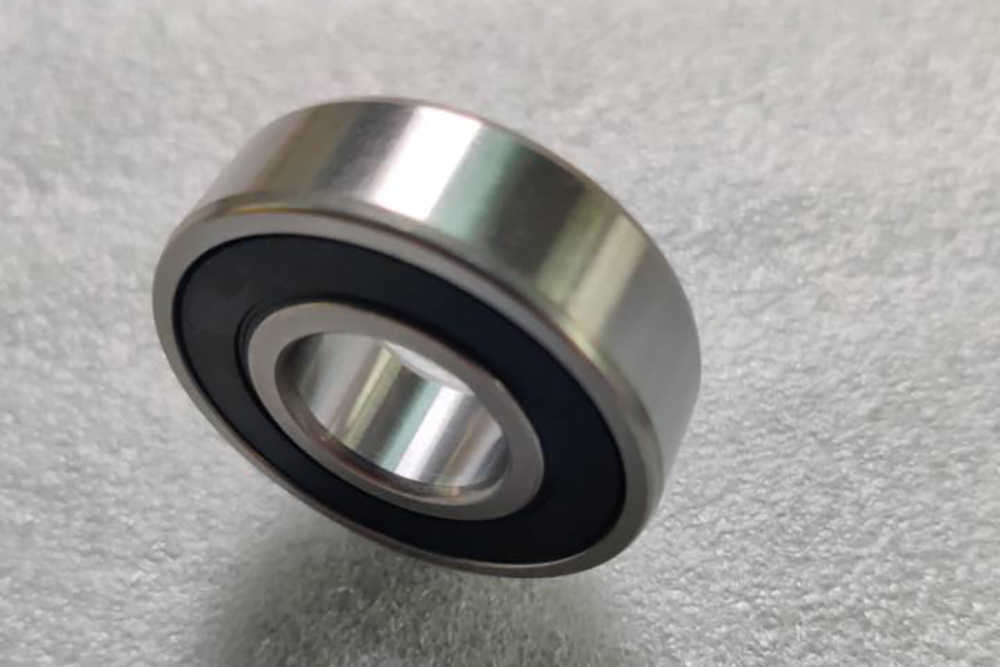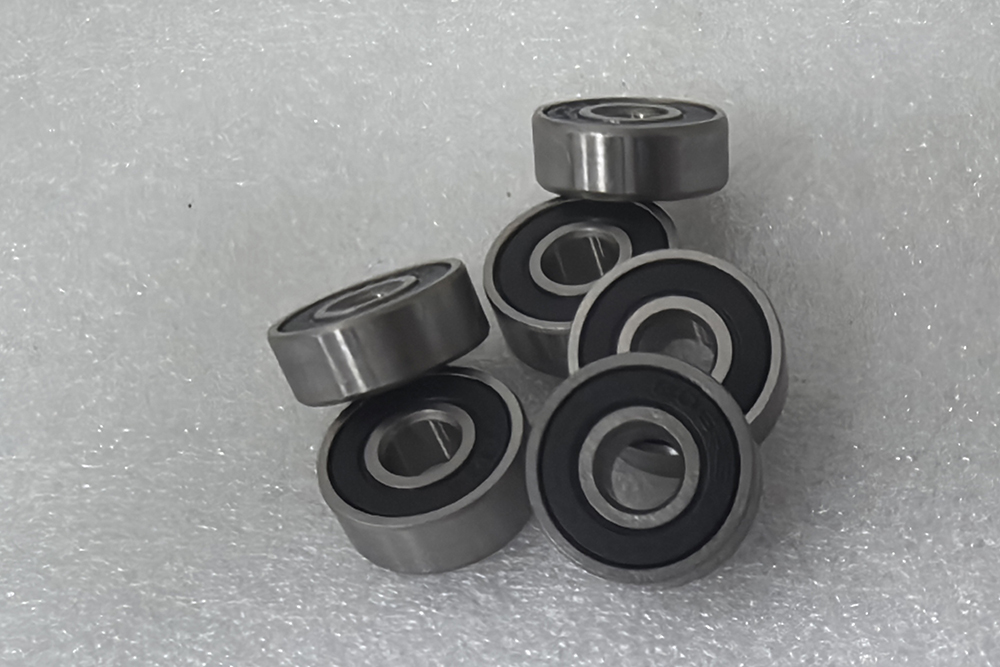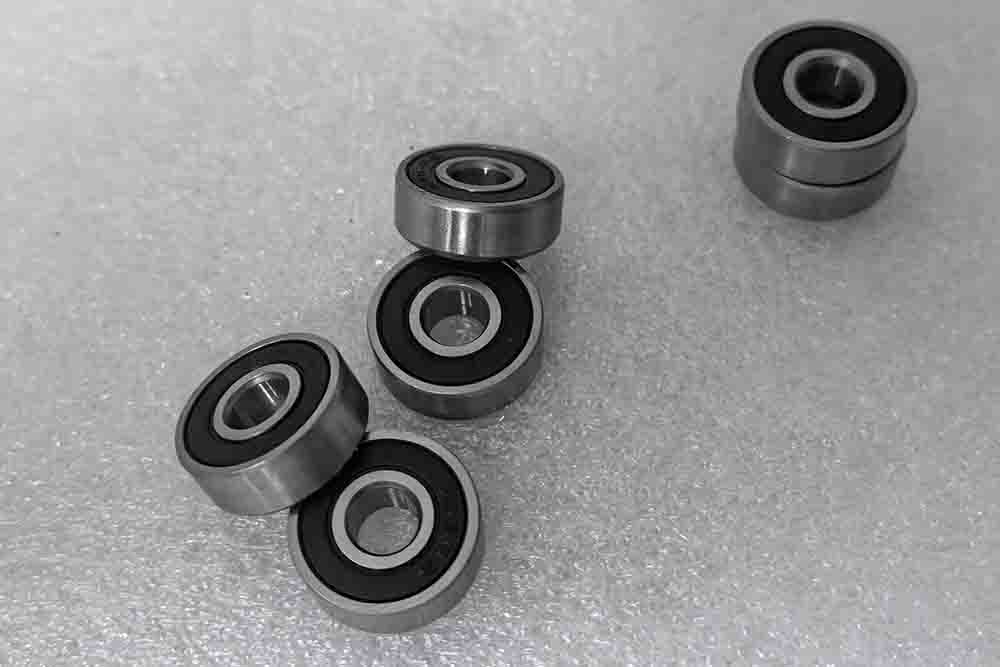Newsroom
What are skateboard bearing dimensions?
What are skateboard bearing dimensions?
1. Introduction to Skateboard Bearings
Skateboard bearings are precision-engineered components critical to the performance, speed, and durability of skateboards. They reduce friction between the wheel’s inner hub and the truck axle, enabling smooth rotation. This guide explores their dimensions, materials, standards, and advanced engineering principles to provide a holistic understanding for skateboarders, engineers, and enthusiasts.

2. Historical Context and Standardization
Evolution of Bearing Sizes:
Early skateboards(pre-1970s) used generic industrial bearings with inconsistent sizing. The adoption of the 608 standard in the 1980s revolutionized skateboarding by unifying dimensions and improving compatibility.
Why 608?: The 608 model (8×22×7 mm) balances load capacity, speed, and compactness, making it ideal for skateboarding’s dynamic forces.
ISO and ABEC Standards:
ISO 15: Governs radial bearing dimensions globally, ensuring interchangeability across brands.
ABEC Ratings: Developed by the Annular Bearing Engineering Committee, ABEC grades (1, 3, 5, 7, 9) define tolerances and precision. However, skateboarding prioritizes durability over ultra-high precision, making ABEC-5 or ABEC-7 common.

3. Technical Specifications
Core Dimensions (608 Model):
Inner Diameter (ID): 8 mm
Matches standard truck axles (8 mm diameter).
Tolerance: ±0.005 mm to prevent wobble or binding.
Outer Diameter (OD): 22 mm
Fits most skateboardwheel cores (typically 8–10 mm bore width).
Larger OD increases load distribution but limits wheel design flexibility.
Width (B): 7 mm
Compact design minimizes weight while maintaining structural integrity.
Load and Speed Ratings:
Static Load Capacity: ~1,500 N (varies by material).
Dynamic Load Capacity: ~6,000 N (ceramic bearings exceed steel by 15–20%).
Maximum RPM: ~20,000 RPM (theoretical; real-world skateboarding rarely exceeds 3,000 RPM).

4. Material Science and Engineering
Bearing Components:
Races (Inner/Outer Rings):
Stainless Steel (AISI 440C): Corrosion-resistant and durable.
Carbon Steel (GCr15): Heat-treated for hardness (60–64 HRC) but prone to rust.
Balls:
Steel: Affordable but heavier.
Ceramic (Si3N4): Lighter (40% weight reduction), heat-resistant, and electrically insulating.
Hybrid (Steel Races + Ceramic Balls): Balances cost and performance.
Cages (Ball Retainers):
Nylon: Low friction and quiet operation.
Brass: Durable but heavier.
Sealing and Lubrication:
Shield Types:
RS (Rubber Seal): Dust-resistant, moderate friction.
ZZ (Metal Shield): Robust but higher friction.
Lubricants:
Grease: Long-lasting but viscous.
Oil: Low friction but requires frequent reapplication.

5. Performance Optimization
Factors Affecting Bearing Life:
Contamination: Dust and water ingress accelerate wear. Sealed bearings (e.g., 608-2RS) extend lifespan.
Misalignment: Improper installation causes uneven load distribution.
Lubrication Degradation: High-speed use breaks down grease; ceramic bearings often run “dry” to avoid this.
Testing and Validation:
Salt Spray Tests: Evaluate corrosion resistance (AISI 440C lasts 500+ hours).
Radial Play Tests: Measure bearing looseness (optimal play: 0.002–0.005 mm).
6. Advanced Applications and Modifications
Longboarding vs. Street Skateboarding:
Longboard bearings prioritize speed (e.g., ceramic hybrids).
Street bearings focus on impact resistance (e.g., hardened steel).
Custom Modifications:
Bearing Spacers: 10 mm spacers align bearings and reduce axial stress.
Swiss Cheese Drilling: Lightens bearings but weakens structural integrity.
7. Maintenance and Troubleshooting
Step-by-Step Cleaning:
Remove shields with a pin.
Soak in citrus solvent to dissolve old grease.
Dry with compressed air.
Relubricate with Speed Cream or Teflon oil.
Common Issues:
Grinding Noise: Indicates dirt ingress or damaged balls.
Sticking Bearings: Caused by dried lubricant or misalignment.
8. Future Innovations
Self-Lubricating Materials: Graphene-infused races reduce maintenance.
Smart Bearings: Embedded sensors monitor temperature and wear in real-time.
9. Conclusion
Skateboard bearings, though small, embody a fusion of mechanical engineering and material science. The 608 standard (8×22×7 mm) remains the industry cornerstone, but advancements in ceramics, sealing tech, and precision manufacturing continue to push performance boundaries. Whether you’re a casual rider or a competitive athlete, understanding these dimensions and their implications ensures optimal gear selection and longevity.
This guide synthesizes technical data, industry practices, and user insights to serve as the definitive resource on skateboard bearing dimensions and engineering.


